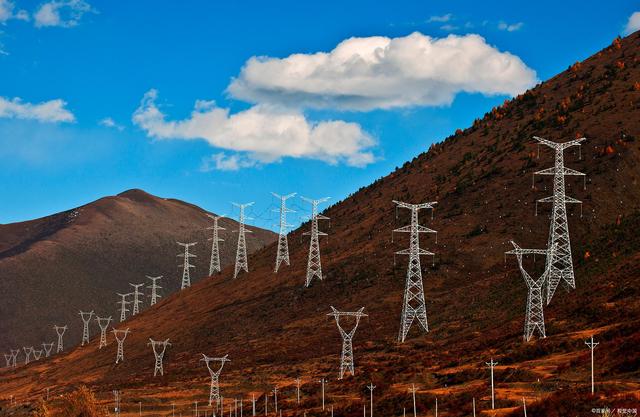Do you use gas, electricity, or biomass to operate sweet potato starch processing equipment? Which one is the most cost-effective?
To drive a set of starch processing equipment to operate normally and smoothly, sufficient power energy supply is required. In recent years, green energy and environmentally friendly processing have been advocated, and the common practice of burning coal in previous years is no longer desirable.
In the starch processing industry, heat energy is often generated by burning steam from boilers to provide power for equipment operation. At present, common boiler heating mainly relies on oil, electricity, natural gas, and biomass to provide heating. There are significant differences in infrastructure construction, operational difficulty, and energy supply costs, resulting in different thermal efficiencies.
Gudewei has compiled and calculated the cost of these heating methods to help everyone understand their differences and feasibility.

One Natural gas energy supply
Natural gas is a convenient and fast way of energy supply, with a thermal efficiency of up to 85%. Natural gas boilers are more convenient to operate than coal-fired boilers, but the price of natural gas is relatively high, around 3.41 yuan/m, and the cost of laying natural gas pipelines and opening accounts is high.
II Electricity supply
The use of electric power transmission to supply starch equipment is now a more common way. The average price of 1 kilowatt hour of industrial electricity is between 0.6 yuan, which varies with the daily peak and valley values. Agricultural electricity is cheaper, generally around 0.5 yuan.
Large electric heating steam boilers belong to pressure vessels. If it is a large-scale processing plant, it consumes a lot of energy and electricity, and requires specialized boiler workers. If it is a small processing plant, it is more suitable to consider using a steam generator.

III Burning biomass for energy supply
Nowadays, many regions also use biomass as fuel to provide power for production lines. Biomass raw materials are inexpensive and mostly consist of agricultural and forestry waste, such as straw, peanut shells, sweet potato residue, and so on. However, the disadvantage is that biomass burning boilers require efficient bag filters, which incurs high costs in terms of environmental investment and treatment.

The current market situation requires practitioners to avoid using high pollution, high energy consumption, and high emission energy supply methods as much as possible. For starch processing plants with large production capacity and scale, natural gas is a better choice. If it is in remote rural areas, the electricity price is low, and using electricity is the most cost-effective.
Biomass fuel has been frequently mentioned in recent years, but its usage scope is still inferior to natural gas and electricity. You can consider which energy supply method to choose based on actual processing environment, price level, local environmental policies, and other factors.


 Industry
Industry